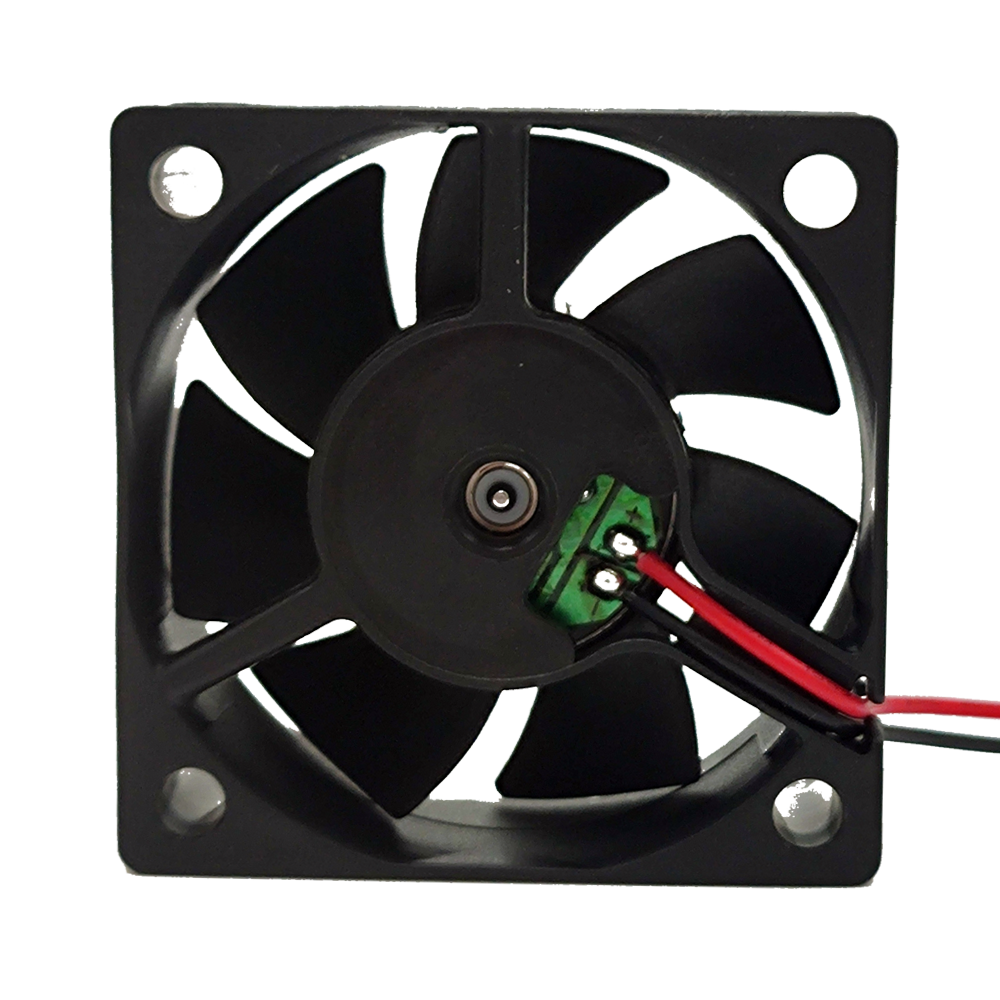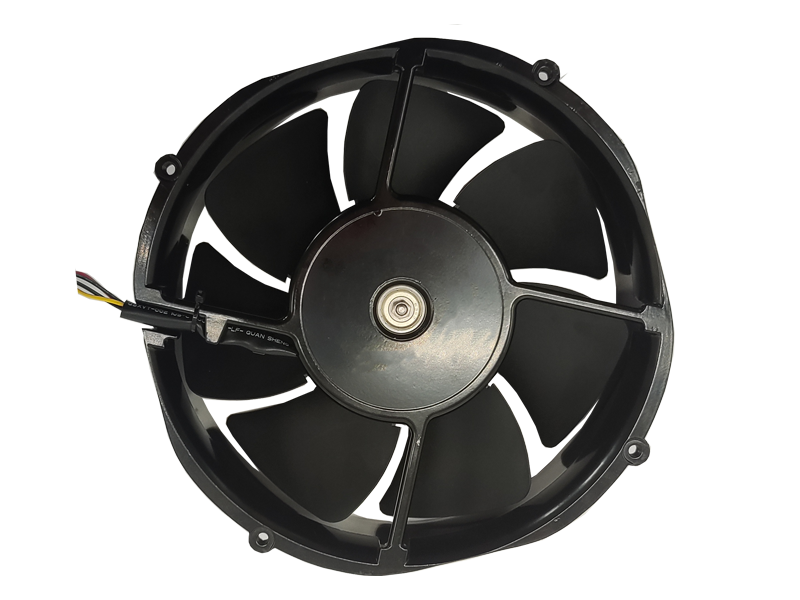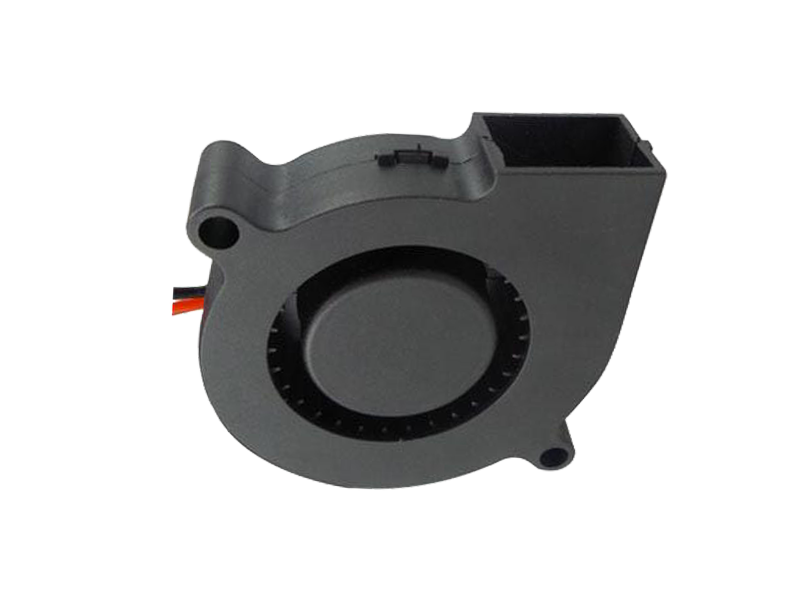Introduction
Emerging technologies are poised to redefine industrial fan capabilities. This article explores how artificial intelligence, additive manufacturing, and digital twins are driving a new era of predictive reliability, design freedom, and operational optimization.
1. AI-Driven Aerodynamics: From CFD to Real-World Optimization
Machine learning algorithms are enhancing traditional CFD approaches. A Japanese automotive supplier trained neural networks on 12,000 hours of wind tunnel data. The resulting AI model predicts turbulent flow patterns with 94% accuracy, reducing prototype iterations from 7 to 2 cycles and cutting development costs by 58%.
Reinforcement learning takes this further. When General Electric redesigned turbine cooling fans, their AI system tested 43 million blade configurations in a virtual environment. The winning design achieved 19% higher thermal efficiency while operating 3 dB quieter than human-engineered alternatives.
2. Additive Manufacturing: Complex Geometries, Simplified Supply Chains
3D printing enables topological optimization. A US aerospace contractor printed fan blades with internal lattice structures. The design reduced material usage by 41% while maintaining 99.2% of traditional stiffness, cutting component weight from 18kg to 6.7kg – critical for satellite applications.

On-demand production is transforming spare parts logistics. When a South African mine experienced fan failure, engineers 3D-printed replacement impellers using nickel alloy powder. The 24-hour turnaround prevented $1.2M in lost production, contrasting sharply with the 6-week lead time for conventionally manufactured parts.
3. Digital Twins: From Concept to End-of-Life Management
Siemens' Omnis platform creates virtual replicas of entire ventilation systems. When deployed at a Chinese electronics factory, the digital twin analyzed 23 million operational data points monthly. This identified inefficiencies causing a 14% energy surplus, with optimization recommendations reducing annual costs by $380,000.
Augmented reality (AR) enhances maintenance. A Korean steel mill uses Microsoft HoloLens to overlay digital twins onto physical fans. Technicians view real-time performance metrics, thermal hotspots, and step-by-step repair guides – reducing mean time to repair (MTTR) by 67%.
4. Quantum Computing: Solving the Unsolvable
Early applications hint at revolutionary potential. D-Wave Systems collaborated with a wind turbine manufacturer to model airfoil performance using quantum annealing. The approach solved optimization problems 200x faster than classical methods, identifying blade designs with 11% higher energy conversion efficiency.
Conclusion
The industrial fan industry stands at the brink of a technological renaissance. AI-driven design tools, additive manufacturing's geometric freedom, and digital twins' predictive capabilities are creating products of unprecedented efficiency and reliability. As these innovations mature, they will not only extend component lifespans but also redefine the very boundaries of what industrial fans can achieve in optimizing processes, reducing environmental impact, and driving industrial competitiveness in the 21st century.
Recommended Products

The main purpose:Car charging station

The main purpose:Car charging station

The main purpose:Electronic refrigerators, water dispensers, direct drinking machines, inverter power supplies
Address:No. 4137, Longgang Avenue (Henggang Section), Henggang Community, Henggang Street, Longgang District, Shenzhen
hotline:13530005572(Chen)15112579390(Li)


Welcome all friends to come for consultation and negotiation.
Copyright 2024 @ Shenzhen Youneng Xinyuan Electronics Co., Ltd.,(industrial fans,industrial blowers,axial fans,cooling fans manufacturer,centrifugal fans,ac cooling fans,dc cooling fans)